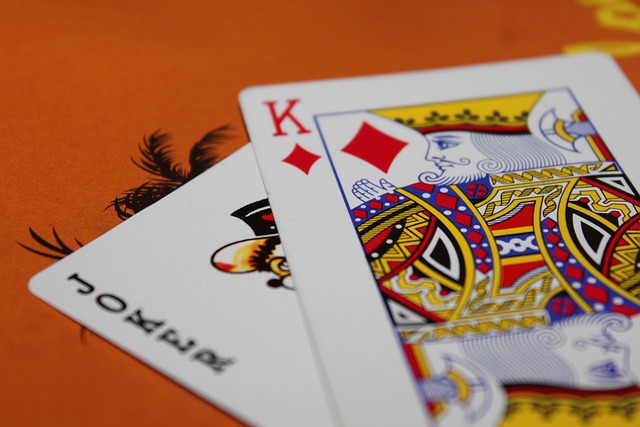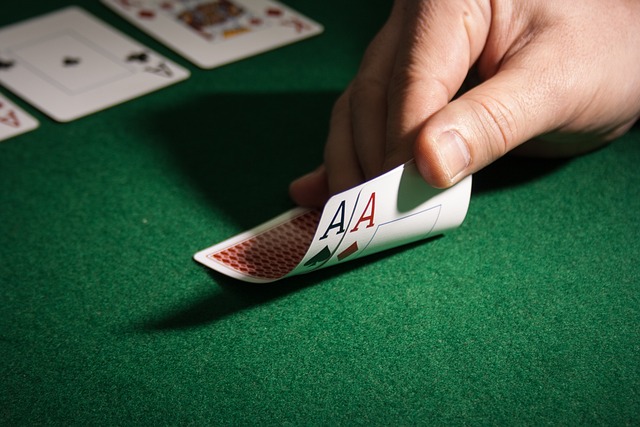In the nuanced narratives of the twentieth century, players emerge as complex figures, relentlessly challenging fate with a hand of cards, a die, a bet. The literature of the last century has woven stories of men and women who play much more than simple games: they play their lives, their destinies.
Risk as revelation: Dostoevsky and his obsession In the cold heart of Tsarist Russia, Fyodor Dostoevsky gave life to “The Gambler” in 1866, a novel that delves into the tormented soul of Alexei Ivanovich. Dostoevsky, tormented by the demon of the game in real life, shapes a protagonist who reflects his own internal struggle. Roulette is not just a game but a battlefield, where each spin is a dance with death and fortune. Aleksej becomes the embodiment of the anti-hero, who, despite his downfall, faces life with a challenge in his eyes that almost becomes a provocation.
From paper to courage: Hemingway and solitary heroism

While Dostoevsky explored the dark side of the game, Ernest Hemingway, in his work “The Old Man and the Sea” (1952), elevated the player to a symbol of heroic resistance. Santiago, an elderly fisherman, competes with the titanic forces of the marlin in the deep blue of the gulf. This solitary struggle is no different from facing a risky bet: Hemingway paints every pull of the line as a bet, where the prize is the very dignity of man.
The green table: Proust and the game of memory
Marcel Proust, in his monumental “In search of lost time”, elevates the game to a metaphor for memory. In the Parisian salon, the card game is not just a pastime between the characters, but a delicate green carpet on which memories and revelations take place. Here, the game becomes a tool to explore the past, each hand a revelation of hidden truths. With an intricate and profound narrative, Proust paints the game as a journey through the labyrinths of the human mind, where every choice, every card discovered, has the power to transform the present.
Cinema and modern challenges: the player as a social mirror

Twentieth century cinema does not lag behind in telling these ambiguous figures. “The Gambler” (1974) features Axel Freed, a university professor who struggles in the grip of gambling. The film, loosely inspired by Dostoevsky’s work, portrays a man who, although brilliant, is driven towards the abyss by his addiction. Axel, played with mastery by James Caan, walks a tightrope between destruction and the desire for redemption, reflecting the conflicts and contradictions of a society that plays dangerously with its own future.
In summary
These twentieth-century storytellers, armed with pens and cameras, did not simply create characters: they explored the depths of the human psyche through the symbol of play. Their art thus becomes a mirror, sometimes dark, sometimes luminous, of the eternal struggle between control and chance, between heroism and fall. Through these heroes and anti-heroes, literature and cinema invite us to reflect not only on the meaning of risk, but also on the infinite possibilities of redemption that every match, every life, contains.
